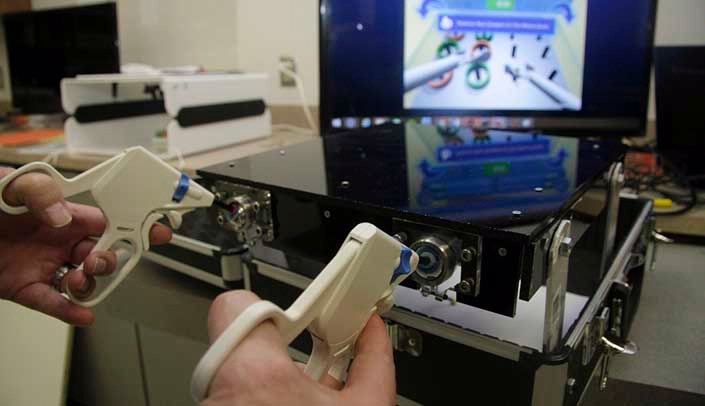A UNeMed review of its use of the Nebraska Research Initiative’s Proof-of-Concept, or POC, grant funding program has shown that, despite its relatively modest use, the program has consistently delivered powerful results.
POC grants focus on research innovations and discoveries that are in danger of slipping into an academic research limbo known as the “Valley of Death.” Innovations that slide into this no-man’s land are usually too advanced to warrant additional funding, but still too early-stage to attract commercial support.
The POC grant program at the university was created to fill those gaps. The program most often is used at UNMC for discoveries that have high potential to “improve health care for Nebraska and beyond,” said Michael Dixon, Ph.D., CEO of UNeMed, the technology transfer office at UNMC.
“This is one of the few sources of gap funding we have,” Dr. Dixon said. “Without POCs we’d have more than a dozen technologies just dying on the vine. That’s a dozen potential treatments, cures and better outcomes that industry just isn’t ready to invest in.”
Over the five-year history of the program, 17 grants totaling $2.78 million have been approved for UNMC and UNO biomedical innovations.
More specifically, POC grants led directly to the creation of four startup companies; four new partnerships with biomedical companies; at least $525,000 in additional federal research funding; and another $1.3 million from industrial partners. And one UNMC startup company, armed with data produced from a POC-funded study, was able raise an additional $300,000 from outside investors.
Approval for a POC grant typically requires significant feedback from a potential industrial or commercial partner that is interested in developing the technology.
For example, a company might be interested in a UNMC innovation, if only the researcher could show the result of a particular test. That test result alone could determine whether a new cancer drug or medical device advances closer to market. But with no additional research funds, the innovation will often lie in wait, rarely seen or heard from again.
The POC grants often pay for those additional tests, delivering the results needed to move a technology forward.
